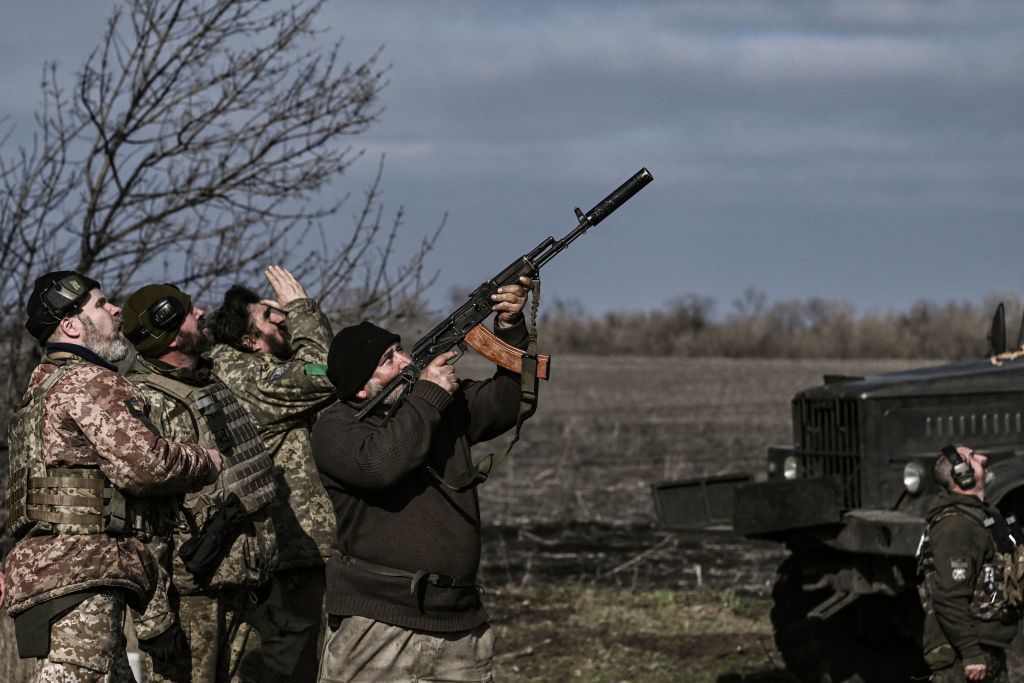Russia’s use of drones in the war against Ukraine has significantly impacted the evolving nature of warfare. The unprecedented scale at which unmanned aerial vehicles (UAVs) are being utilized by both the Russian and Ukrainian armies has led to major developments in drone technology. Russia has made strides in modernizing its drone arsenal, adapting them for combat on the front lines. The Forpost drone, a licensed replica of the Israeli IAI Searcher, is one of Russia’s most well-known drones, with variants such as the Forpost-R capable of dropping laser-guided bombs. The Orlan-10, another prevalent drone in Russia’s arsenal, has been used extensively for reconnaissance and artillery fire adjustment. However, as Ukraine enhanced its drone countermeasures, the Orlan-10 became less effective and was gradually replaced by more advanced models.
Russia’s usage of drones such as the ZALA 421-16, SuperCam S350, and Eleron-3 further demonstrates the evolution of its drone capabilities. These drones have varying features and capabilities, with the ZALA 421-16 having a range of 50-70 kilometers and the SuperCam S350 being larger and more resistant to electronic warfare. The Eleron-3, which has been part of Russia’s drone arsenal since 2012, saw increased usage on the front lines after the Russian military suffered losses with the Orlan-10. The introduction of the Orion drone, modeled after the American MQ-9 Reaper, presents a medium-altitude long-endurance (MALE) option for Russia. However, production constraints have limited the availability of the Orion drone, with only a few destroyed in the conflict so far.
Kamikaze drones, such as the ZALA Lancet and Iranian-made Shahed drones, play a significant role in Russia’s drone warfare strategy. These drones, which are designed to crash into targets, have been used extensively by Russia to target military and civilian infrastructure in Ukraine. The Mohajer-6, another Iranian drone, has also been employed in combat, albeit with limitations due to its altitude ceiling. These kamikaze and Iranian-made drones have added a new dimension to Russia’s drone capabilities in the conflict. Amid the war against Ukraine, trends in Russian drone production include efforts to enhance drone resilience against countermeasures, increase the range of tactical drones, and scale up production to supply troops on the front lines. These developments underscore the evolving nature of drone warfare in modern conflicts.
As both Russia and Ukraine continue to utilize drones in their military strategies, the impact of unmanned aerial vehicles on the battlefield cannot be understated. The evolving drone technology and tactics employed by both sides highlight the significance of drone warfare in contemporary conflicts. Russia’s use of drones in the war against Ukraine has showcased the country’s advancements in drone technology, from the Forpost and Orlan-10 to more advanced models like the ZALA 421-16 and SuperCam S350. Despite challenges in production and limitations in some drone capabilities, Russia’s drone arsenal continues to play a crucial role in the ongoing conflict.
The development and utilization of drones in the context of the war between Russia and Ukraine exemplify the changing landscape of modern warfare. The strategic deployment of drones, including kamikaze drones and Iranian-made models, has posed significant challenges for both the Ukrainian military and civilian populations. As Russia continues to adapt its drone capabilities and production, the evolving nature of drone warfare in the conflict underscores the need for effective countermeasures and defense systems. The ongoing use of drones in the war against Ukraine sheds light on the shifting dynamics of military technology and tactics in contemporary warfare.


